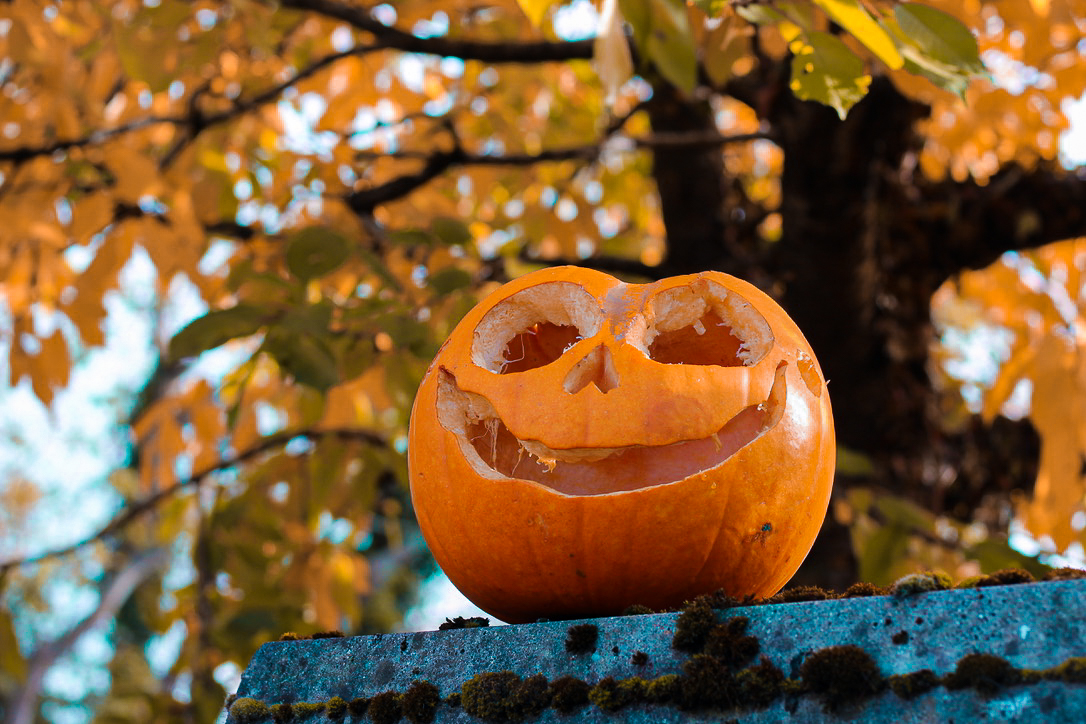During past autumns, I had felt the great creeping presence of an eerie spirit. This was possibly due to the loss of child-spirited Halloweens, always spotlighted in my personal calendar. I was never one for that poor adolescent equivalent: the Halloween house party. This year’s Halloween is, to a great extent, cancelled because of Covid-19.
Recently, I made time for a cycle in order to get that first sniff of fresh air after a long day of online classes. Instead, I was met by the floating smoke and haze of a crisp autumn breeze. It only dawned upon me at the last second before I nearly collided with it — not an illusion, but the bang of a firework which soon faded into an abstract misty figure, a sight and sound existing beyond just the symbolic. I researched and discovered that this lingering smog exacerbates shortness of breath, wheezing and coughing: especially grave omens in today’s community. The sparks which fall from fireworks, ill with chemicals, make their way into our soil and precious water systems.
As an alternative, I suggest trying out the first natural fireworks which originated in China. Bamboo stalks were thrown into a fire to set it off with a pop. Bamboo fruitfully produces long burning charcoal with minimal air pollution. The pattern prevails as one of the many examples of resourceful people of the past got things right. The Chinese believed these natural fireworks would ward off evil spirits — a perfectly spooky solution to this season’s scary omens.
“The Rowan was a symbol of witchcraft, many used to plant these trees around their homes, safe in the knowledge that the colourful berries would keep evil spirits away.”
With respect to cultural origins, the Irish have a cultural obligation to keep the spirit of Halloween alive as it partly originated here by way of the Celtic Samhain. I like to think of Rowan berries as Ireland’s own natural fireworks. The Rowan was a symbol of witchcraft; many used to plant these trees around their homes, safe in the knowledge that the colourful berries would keep evil spirits away. I imagine they also served as a forewarning as the berries take the ominous form of blood splatters.
Outside my own house, there is a mass falling of these berries. Strangely, this is in contrast to my neighbours, whose trees grow the same supply, yet whose berries remain unfallen. By this prompt, I imagine these berries, trodden upon, prove evidence of trespassers in these rural homes. I take this tradition as the organic origin of Halloween decoration wherein people sustainably used what nature organically supplied.
“This year Halloween has become a virtual one, so I suppose the horror is still there, albeit in Black Mirror style.”
This year, Halloween has become a virtual one, so I suppose the horror is still there, albeit in Black Mirror style. According to an Irish Times article, “Dublin City Council has already decided traditional organised gatherings will not be feasible and will have to be replaced by ‘environmental initiatives’, community engagement projects, and ‘virtual’ festivals.” In order to keep Samhain traditions alive, there are suitable activities one can do at home whilst keeping government regulations in mind. Culturally relevant Halloween festivities include bobbing for apples, mirror gazing, carving turnips, treasured Barmbrack, and, my personal favourite, the Irish fortune walnut.
In the past, the supernatural must have felt, in a way, natural. Ireland was once the home of ghouls, the spirit of Halloween. Now, logic and cameras have destroyed this obscure beauty. Halloween is celebrated not by the release of fearful anticipation, but by the lingering, untold mystery.






